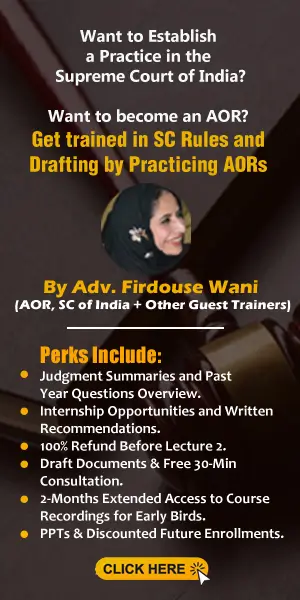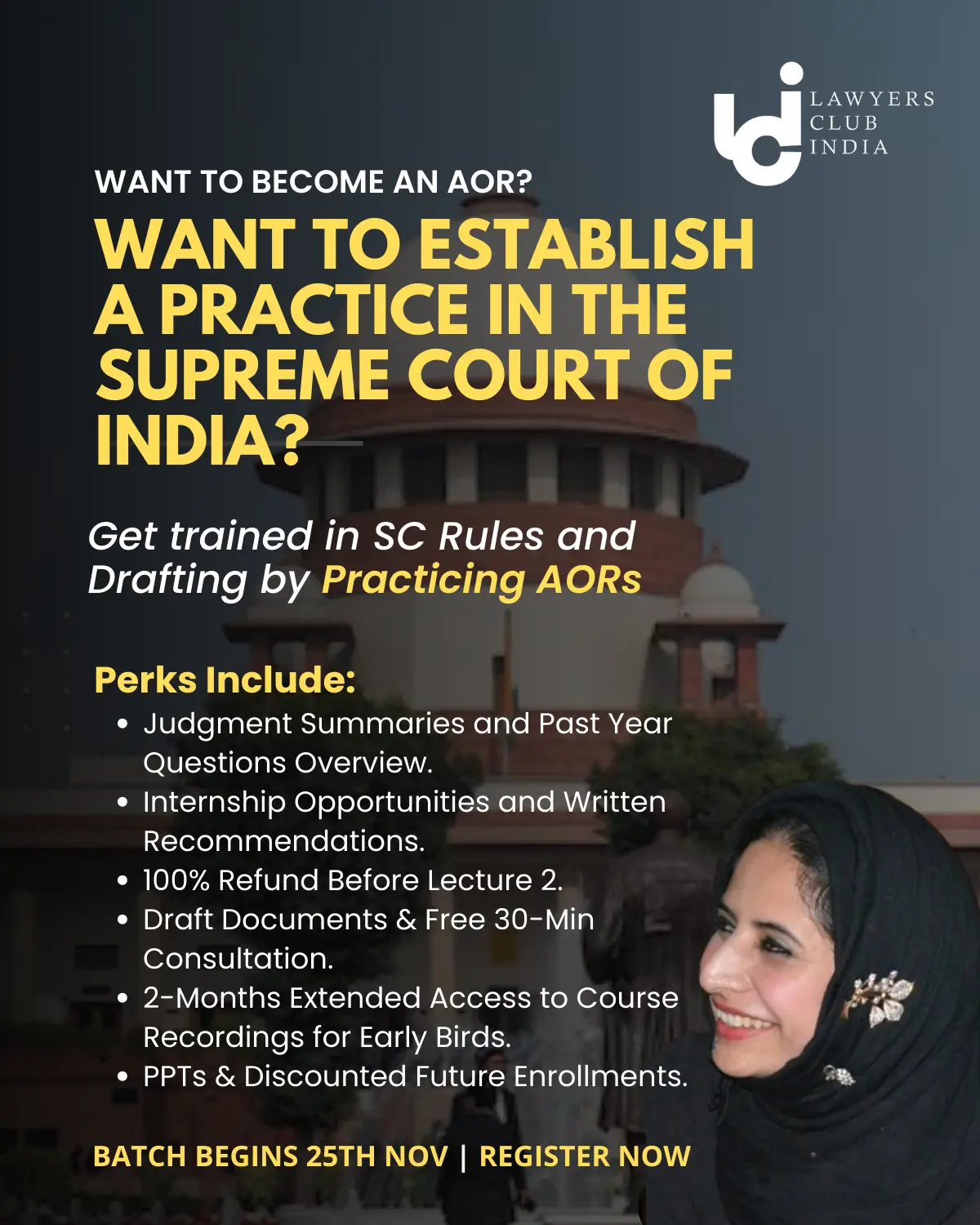REPORTABLE
IN THE SUPREME COURT OF
CIVIL APPELLATE JURISDICTION
CIVIL APPEAL NO. 3660 OF 2006
Shakti Devi …… Appellant
Vs.
New India Insurance Co. Ltd. & Anr. …… Respondents
JUDGMENT
R.M. LODHA, J.
A mother who lost her 22-year old son in a motor accident is in appeal, by special leave, aggrieved by the inadequate compensation awarded to her. The appellant and her husband Sachidanand Sinha lived at Badom Bazaar in Hazaribagh and their son Pravin Kumar Sinha resided with them. Pravin Kumar Sinha had done B. Com (Honours) and was earning about Rs.1000/- per month from a general store being run from the house. On
2. The appellant and her husband filed a claim petition under Section 166 of the Motor Vehicles Act, 1988 (for short, ‘the 1988 Act’) before the Motor Vehicle Accident Claims Tribunal, Palamau, Daltonganj (for short, ‘the Tribunal’) claiming compensation for the death of their son in the sum of Rs. 2 lacs from the owners and insurers of the two vehicles. The appellant’s husband died during the pendency of claim petition and, accordingly, his name was struck off.
3. The owners of the two vehicles who were impleaded as opposite party Nos. 1 and 2 neither appeared nor filed any written statement. The insurance companies filed separate written statement and contested the claim petition. The opposite party no. 3 – the insurer of the bus – blamed the truck for the accident while the opposite party no. 4 – insurer of the truck – stated that it was due to the rash and negligent driving of the bus driver that the accident occurred.
4. The Tribunal held that the claimant’s son died in the accident caused by the bus (UP 72-9015) and the truck (PAX 4785) due to the negligent driving by the drivers of the vehicles. As regards the quantum of compensation, the Tribunal pegged the earning of the deceased at Rs. 1000/- per month and after deducting personal expenses to the extent of 1/3rd, fixed the annual dependency at Rs. 7920/-. The Tribunal applied the multiplier of 8 and held that the compensation so computed would come to Rs. 63,360/-. The Tribunal then made it a round figure of Rs. 60,000/- and after adjusting Rs. 25,000/- which was paid to the claimant towards nofault liability held that the claimant was entitled to a further sum of Rs. 35,000/- and awarded her simple interest @ 10% p.a. from the date of the award dated June 6, 2000 till its realization. The Tribunal apportioned the award equally between the insurance companies .
5. The appellant challenged the award passed by the Tribunal before the High Court of Jharkhand,
6. The only issue for consideration in this appeal is with regard to the quantum of compensation. Mr. Braj Kishore Mishra, learned counsel for the appellant argued that the compensation of Rs. 60,000/- for the death of a 22-year old boy in a motor accident is too low and meager and the High Court seriously erred in maintaining the award although the Tribunal erred in arriving at the dependency as well as in applying the multiplier.
7. It must be stated at the outset that the multiplier method has been consistently applied by this Court in the claim cases arising out of the Motor Vehicles Act, 1939 as well as the 1988 Act. This Court emphasized in the case of General Manager, Kerala State Road Transport Corporation,
8. Recently in the case of Sarla Verma (Smt.) and Ors. v. Delhi Transport Corporation and Anr3, this Court observed in para 20 of the report as follows : “20. Generally the actual income of the deceased less income tax should be the starting point for calculating the compensation. The question is whether actual income at the time of death should be taken as the income or whether any addition should be made by taking note of future prospects.”
9. The Court in Sarla Verma3 then considered the decisions of this Court in Susamma Thomas1, Sarla Dixit (Smt) & Anr. v. Balwant Yadav & Ors.4, Abati Bezbaruah v. Dy. Director General, Geological Survey of India & Anr.5 and in paragraph 24 of the report held thus : “24. In Susamma Thomas this Court increased the income by nearly 100%, in Sarla Dixit the income was increased only by 50% and in Abati Bezbaruah the income was increased by a mere 7%. In view of the imponderables and uncertainties, we are in favour of adopting as a rule of thumb, an addition of 50% of actual salary to the actual salary income of the deceased towards future prospects, where the deceased had a permanent job and was below 40 years. (Where the annual income is in the taxable range, the words “actual salary” should be read as “actual salary less tax”). The addition should be only 30% if the age of the deceased was 40 to 50 years. There should be no addition, where the age of the deceased is more than 50 years. Though the evidence may indicate a different percentage of increase, it is necessary to standardise the addition to avoid different yardsticks being applied or different methods of calculation being adopted. Where the deceased was self-employed or was on a fixed salary (without provision for annual increments, etc.), the courts will usually take only the actual income at the time of death. A departure therefrom should be made only in rare and exceptional cases involving special circumstances.” 10. Then with regard to deduction for personal and living expenses, in Sarla Verma3 this Court again considered Susamma Thomas1, U.P. State Road Transport Corporation & Ors. v. Trilok Chandra & Ors.6 and Fakeerappa and Another v. Karnataka Cement Pipe Factory and Others7 and held as under : “31. Where the deceased was a bachelor and the claimants are the parents, the deduction follows a different principle. In regard to bachelors, normally, 50% is deducted as personal and living expenses, because it is assumed that a bachelor would tend to spend more on himself. Even otherwise, there is also the possibility 6 (1996) 4 SCC 362 7 (2004) 2 SCC 473 of his getting married in a short time, in which event the contribution to the parent(s) and siblings is likely to be cut drastically. Further, subject to evidence to the contrary, the father is likely to have his own income and will not be considered as a dependant and the mother alone will be considered as a dependant. In the absence of evidence to the contrary, brothers and sisters will not be considered as dependants, because they will either be independent and earning, or married, or be dependent on the father. 32. Thus even if the deceased is survived by parents and siblings, only the mother would be considered to be a dependant, and 50% would be treated as the personal and living expenses of the bachelor and 50% as the contribution to the family. However, where the family of the bachelor is large and dependent on the income of the deceased, as in a case where he has a widowed mother and large number of younger non-earning sisters or brothers, his personal and living expenses may be restricted to one-third and contribution to the family will be taken as two-third.”
11. As regards selection of multiplier, in Sarla Verma3, this Court on consideration of the earlier decisions in Susamma Thomas1, Trilok Chandra6 and New India Assurance Co. Limited v. Charlie and Anr.8 prepared the following table:
|
Age of the Deceased |
Multiplier Scale as envisaged in Susamma Thomas |
Multiplier scale as adopted by Trilok Chandra |
Multiplier scale in Trilok Chandra as clarified in Charlie |
Multiplier specified in Second Column in the Table in Second Schedule to the MV Act |
Multiplier actually used in Second Schedule to the MV Act (as seen from the quantum of compensation) |
|
(1) |
(2) |
(3) |
(4) |
(5) |
(6) |
|
Upto 15 yrs |
- |
- |
- |
15 |
20 |
|
15 to 20 yrs |
16 |
18 |
18 |
16 |
19 |
|
21 to 25 yrs |
15 |
17 |
18 |
17 |
18 |
|
26 to 30 yrs |
14 |
16 |
17 |
18 |
17 |
|
31 to 35 yrs |
13 |
15 |
16 |
17 |
16 |
|
36 to 40 yrs |
12 |
14 |
15 |
16 |
15 |
|
41 to 45 yrs |
11 |
13 |
14 |
15 |
14 |
|
46 to 50 yrs |
10 |
12 |
13 |
13 |
12 |
|
51 to 55 yrs |
9 |
11 |
11 |
11 |
10 |
|
56 to 60 yrs |
8 |
10 |
09 |
8 |
8 |
|
61 to 65 yrs |
6 |
08 |
07 |
5 |
6 |
|
Above 65 Yrs |
5 |
05 |
05 |
5 |
5 |
In the light of the above table, this Court held that in claim cases under Section 166 of the 1988 Act, the multiplier as mentioned in column 4 should be applied.
12. So far as the present case is concerned, at the time of accident, the deceased was 22-year old and not married. He was running a general store from his house and earning about Rs. 1000/- per month from the business. In Sarla Verma3, this Court stated that where the deceased was self-employed, the court shall usually take only the actual income at the time of death; a departure from there should be made only in rare and exceptional cases involving special circumstances. Does the present case involve special circumstances? In our view, it does. The evidence has come that the deceased was to get employment in the forest department after the retirement of his father. Obviously the evidence is based on the government policy. The deceased, thus, had a reasonable expectation of the government employment in near future. In the circumstances, the actual income at the time of deceased’s death needs to be revised and taking into consideration the special circumstances of the case, in our view, the monthly income of the deceased deserves to be fixed at Rs. 2000/-. As regards the personal expenses, since the deceased was not married, we are satisfied that the principle stated in Sarla Verma3 that 50% should be treated as the personal and living expenses of the bachelor may be applied. Seen thus, the annual loss of dependency would come to Rs. 12,000/-. Insofar as multiplier is concerned, the Tribunal applied the multiplier of 8. Learned counsel for the appellant argued that the multiplier of 18 should have been applied keeping in view the age of the deceased. The argument is devoid of any substance. In a case where the age of the claimant is higher than the age of the deceased, the age of claimant and not the age of the deceased has to be taken into account for the capitalization of the lost dependency. It is so because the choice of multiplier is determined by the age of the deceased or that of the claimant, whichever is higher. The exact age of the claimant has not come on record. As per the evidence of AW1 (Pankaj Kumar Sinha), on the date of his deposition, the claimant’s age was about 63 years. The date of deposition of AW-1 is not available. The accident occurred in 1991 and the date of decision of the Tribunal is
13. The appeal is allowed to the above extent. The enhanced compensation shall be paid by the insurance companies to the appellant with the simple interest of 10% per annum from the date of Judgment of the Tribunal (June 6, 2000) till the actual payment apportioned equally in the manner directed by the Tribunal within two months from today. The parties shall bear their own costs.
……………….. J.
(Aftab Alam)
….……………. J.
(R.M. Lodha)










